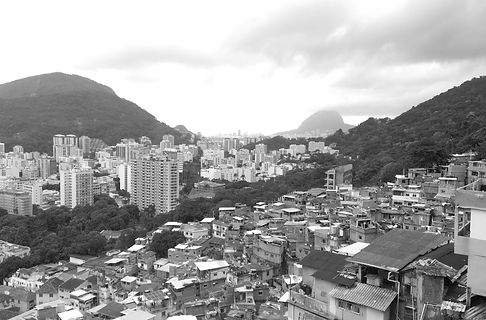SERGIO ELIZONDO
LANDSCAPE ECOLOGIES

Contextualizing the Issue:
There has been rapid transformation of the world’s natural landscape, and it is learned that such use of natural resources will soon exceed its carrying capacity by causing an irreversible damage to its natural ecosystem. While land use practices often vary greatly across the world, their ultimate purpose usually remains the same which is to extract the natural resources for instant social needs, knowing clearly the severe impact of it on the environment.
In the meantime, the world population has increased from 3 billion in 1959 to 6 billion in 1999, which took only 40 years for it to double. The US Census Bureau of the International Data Base also projected and mentioned that this number will be 9 billion in the year 2044, an increase of 50% within a span of 45 years (US Census Bureau, 2010) . Accordingly, the demographers and environmentalists have posed a concern; the main challenge for the global environment is to determine our planet’s capacity to sustain such a huge number of growing populations.

SYSTEM
SYSTEM OF CONTINUOUS
OPPOSING FORCES
AGENT: Wind
CATALYST: Charge [+ , -] Rotation, Proximity
MUTATION: an alteration or charge, as in nature, form, or quality. What is the MUTATION: Wind. Its rotational direction, quantity, and position is being mutated.
The system consist of forces on a field. Each of these forces behaves and operates depending on their charge/rotational direction [+, -] quantity, and proximity from one another. The simulations run these forces in two separate layers for a better understanding of their behavior when in isolation. Then, they are layered so the behavioral interaction between the two can be perceived holistically. The superimposition show that forces start interacting depending on their proximity creating new defined zones. The dynamics of its behavior suggest a self-assemblage of new combined forces in a field. These new defined zones become articulated entities showing a series of opportunities for new relationships.


MAPPING
THESIS:
Rio de Janeiro is one of Brazil’s largest cities with a population of approximately 6.7 million people. Its population increased by 12 % just in the last 17 years. This rapid growth has led to a severe crowding and shortage of different land uses. The city of Rio de Janeiro cannot expand horizontally due to physical factors such as mountains, protected green areas, and the sea. The system of opposing forces aims to visually explore future scenarios of land use management and its relationship with natural and human factors, including the physical environment and population growth.
SIMULATIONS
2017_NOW


Core Sample
2100_REZONED


Core Sample
2100_HYBRIDIZED


Core Sample
The study reveals that if population continues to grow at the same rate and the land uses grow proportionally in relationship with population, by the year of 2050 there will not be more unoccupied land for the needed infrastructure. In addition, by the year of 2100 the percentage of these uses will exceed its maximum capacity by 26%.This potential crisis would create chaos, therefore taking an action would be needed.

STUDY ABROAD



